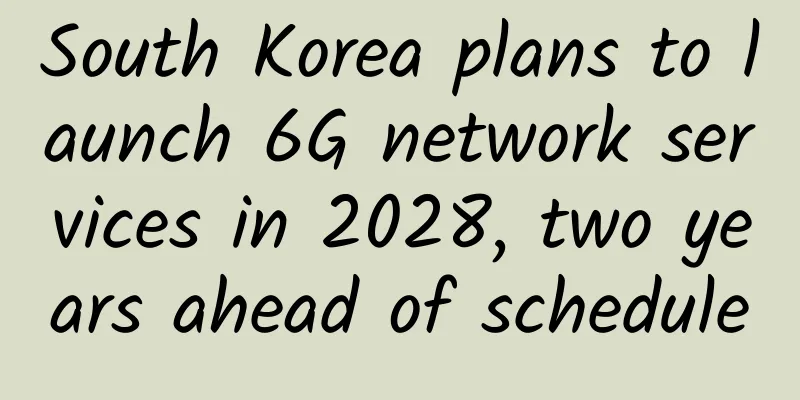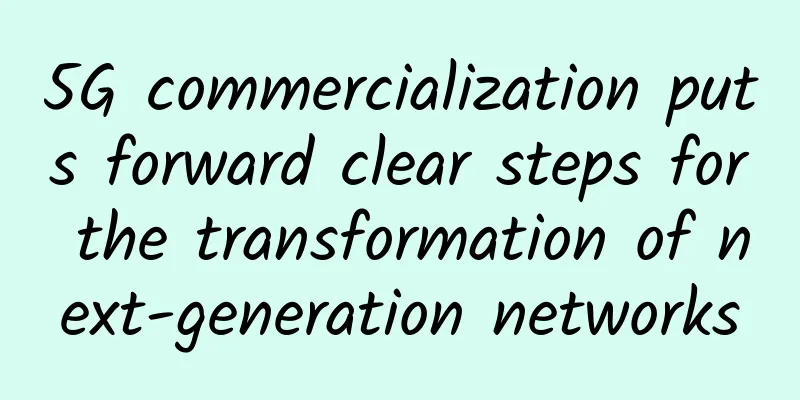South Korea plans to launch 6G network services in 2028, two years ahead of schedule

|
South Korea plans to launch sixth-generation network services (6G) in 2028, two years earlier than originally planned, in an effort to gain early dominance over future wireless frequencies, the Ministry of Information and Communications Technology said on Monday, Yonhap News Agency reported. Under the K-Network 2030 plan, the South Korean government will advance the launch of 6G network commercial services by two years by securing world-class 6G technology, innovating software-based next-generation mobile networks and strengthening the network supply chain, according to the Ministry of Science and ICT. At the same time, the South Korean government will also encourage local companies to produce materials, components and equipment for 6G technology domestically, and develop an open RAN, or open radio access network, compatible with any mobile device, enabling mobile operators and enterprises to provide flexible services. The ministry said that for the plan, a feasibility study of a 6G core technology R&D project worth 625.3 billion won (currently about 3.308 billion yuan) is being conducted. The advanced plan is designed to help the country stay ahead in the global competition for future network infrastructure after the 5G network race to meet the demand for higher speed and lower latency wireless communications. According to data from German analysis firm IPlytics, South Korea leads the development of 5G with a high number of 5G patents, while the previous 4G technology development was mostly dominated by American and European companies. Asia's fourth-largest economy accounted for 25.9% of 5G patents last year, close behind market leader China's 26.8%. The South Korean government said that in the upcoming 6G network patent competition, the goal will be to increase this figure to 30% or more. 6G, the sixth generation mobile communication standard, is also known as the sixth generation mobile communication technology. It mainly promotes the development of the Internet of Things. 6G is still in the development stage. The transmission capacity of 6G may be 100 times higher than that of 5G, and the network delay may also be reduced from milliseconds to microseconds. |
<<: What is the current status of 6G and when will it arrive?
>>: Healthcare and smart city services will lead 5G IoT adoption
Recommend
Challenges of Deploying Wireless Mesh Networks
Wireless mesh networks have been around since the...
H3C SD-WAN security solution builds an integrated security assurance system for enterprise WAN
On September 26-27, the "2022 China Cloud Ne...
iWebFusion: $9.38/month-4GB/30GB/2TB/Los Angeles & North Carolina data centers
iWebFusion (iWFHosting) was founded in 2001. It i...
Operators' 5G services are now available? Don't be fooled!
Some operators have already started running befor...
Huawei Cloud Technology Private Conference Special Edition: Experts share the key points of cloud computing: "hard, specialized, fast and stable"
[51CTO.com original article] The early winter in ...
How will the cancellation of data "roaming" fees, which has aroused nationwide praise, trigger a "butterfly effect"?
At the first session of the 13th National People&...
Deepin Technology participated in the national highway video networking work research meeting
On November 28, 2019, in order to accelerate the ...
What do I think Web3 is? Let me tell you!
When it comes to web3, many people think it is a ...
Case | A sobering report on a major network failure
December 6, 2018 was a nightmare day for Japanese...
Ethernet Packet Architecture
[[352785]] 01Overview The term Ethernet generally...
80VPS Los Angeles MC Data Center 199 yuan/year KVM simple test
A few days ago, I shared the information about th...
Hostwinds: VPS monthly payment starts at $4.99, cloud server starts at $0.006931/hour, free IP change
Hostwinds is a long-established foreign merchant ...
Animation: How to answer the interviewer's question about TCP congestion control?
Previously, we shared the network layering protoc...
Network | Not the best, will 5G abandon TCP/IP?
TCP/IP is considered suboptimal for more advanced...









